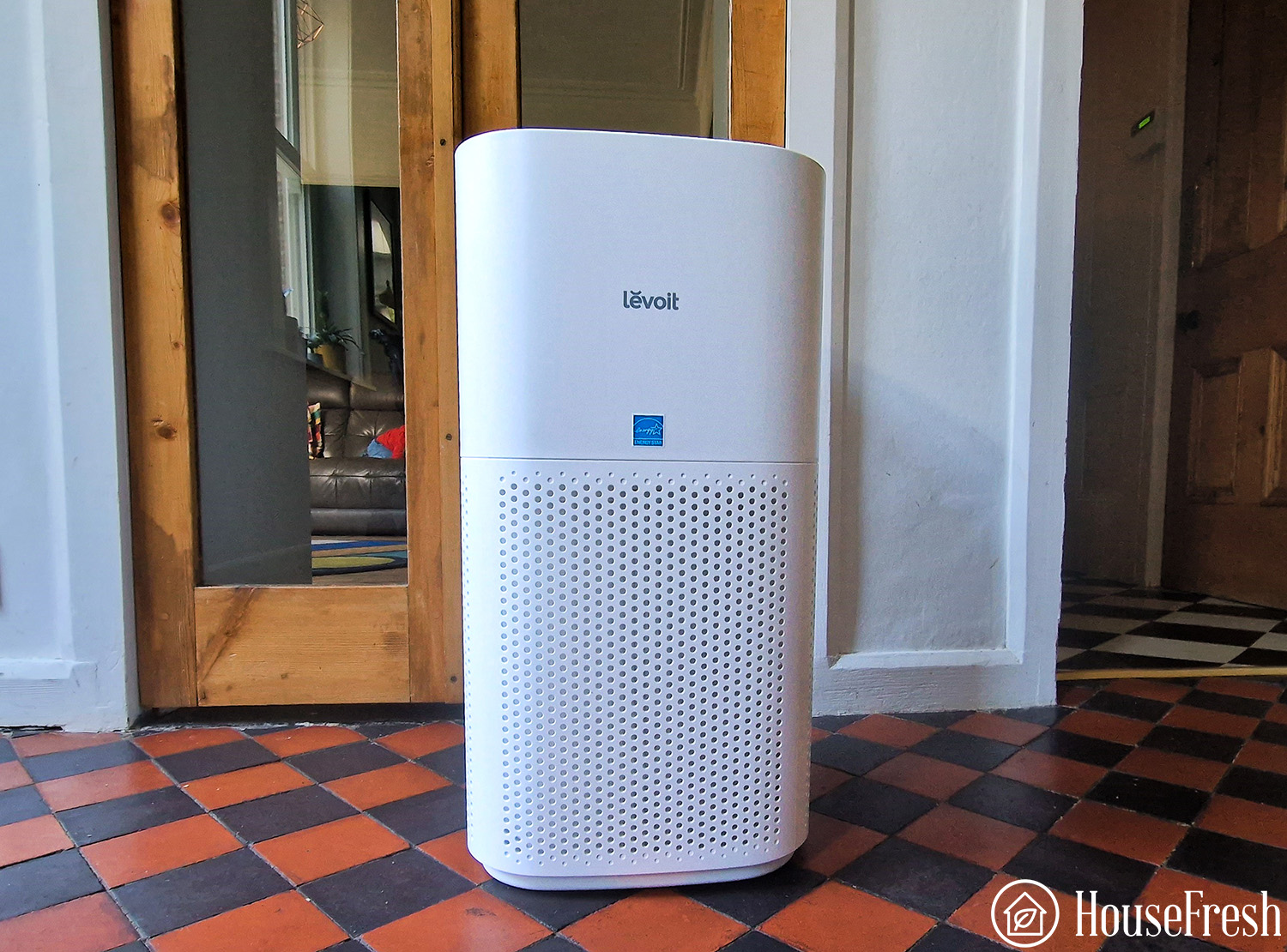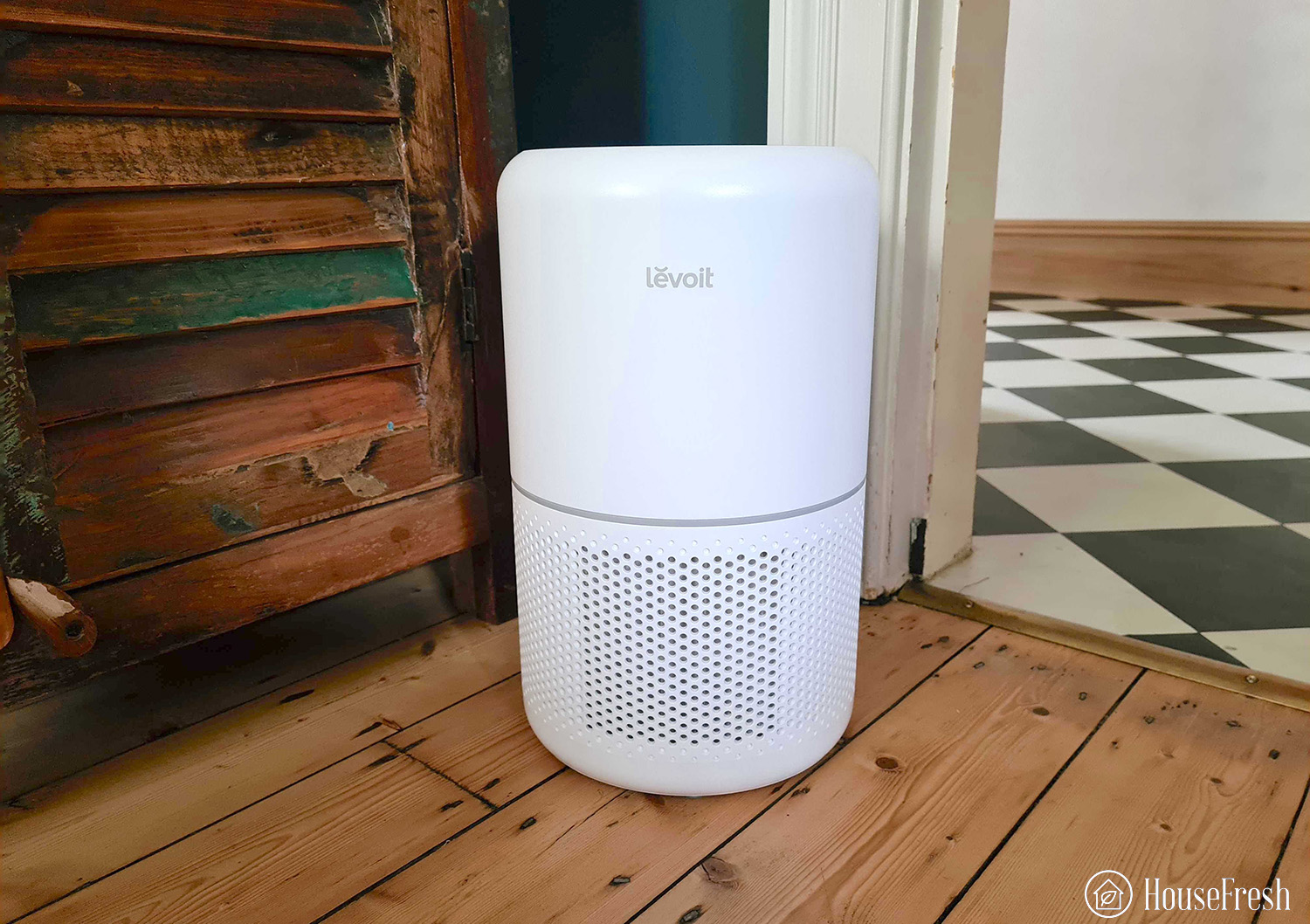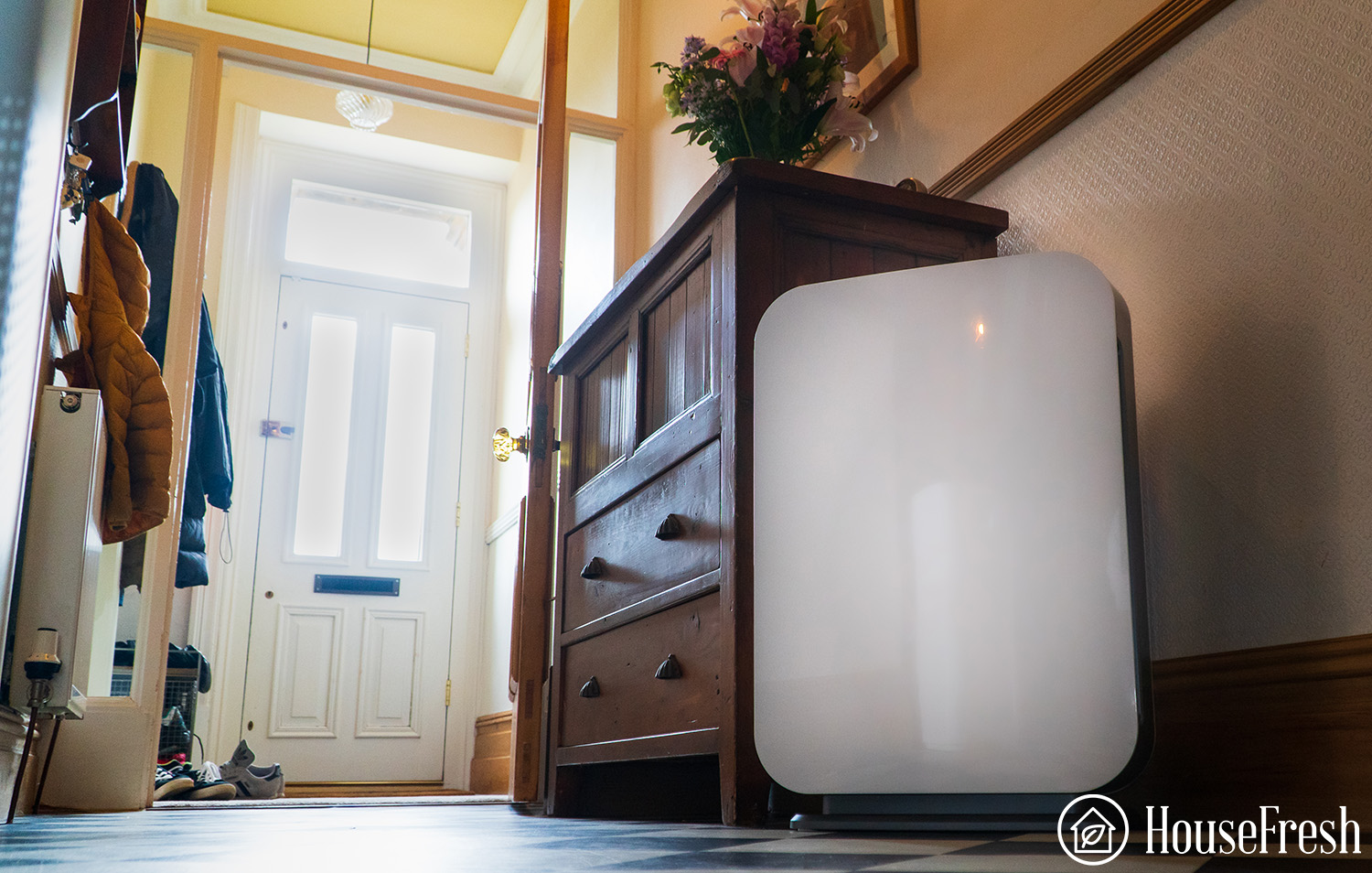Pet dander is dangerous to asthmatics and to those with allergies. Understanding why and how to prevent dander accumulation in your home is essential.
In this article, we will explain the role of dander in pet allergies by exploring what pet dander is, how long it can remain in your house and how you can get rid of or reduce it in your home.
We’ll also drop our picks for the ultimate air purifiers for dander.
What is pet dander?
All mammals produce dander. Dander is a fancy name for the tiny flakes of dead skin our mammalian companions, and we constantly shed. Even some of our favorite non-mammalian pets — such as birds — will produce dander.
Warm-blooded house pets’ dander, saliva and urine contain proteins that can provoke allergic and asthmatic reactions. These proteins, along with dust mites, pollen, and mold, build up in the fur or feathers of our pets. Your home is likely full of airborne allergens and irritants produced and collected by your pets.
The most common irritant cats produce ‘Fel d 1’. Dogs produce two major irritants: ‘Can f 1’ and ‘Can f 2’. These are the proteins found in saliva, dander and urine. While fur can exacerbate the build-up of these proteins, it is not itself a cause of allergic reactions.
Many of us have been told that some breeds of cats or dogs are hypoallergenic. However, all cats, dogs, birds and other furry companion animals produce dander, saliva and urine.
How long does pet dander stay in a house?
Pet dander is tiny and incredibly lightweight — it will stay suspended in the air for hours at a time. If you have a pet that lives in your home, your air is probably never free from dander. Even after the dander settles, minimal movement is needed to stir it up again.
Removing a pet from your house may appear to be the obvious solution to allergy and asthma symptoms. Unfortunately, due to the nature of dander, it’s often not that straightforward.
📝 According to one study, “Mammalian allergens are very stable and persist in house dust [for] up to 6 months.”
Dander is like dust; it gets into everything. Carpets, blankets, throws, clothing, sofas, or pillows; anything made from fibers will collect dander. Like dust, dander will also collect on flat surfaces, corners and under furniture.
Even people who own pets are covered in the stuff — dander gets trapped in our hair and clothing. Pet owners often spread dander from their homes to their offices, gyms, or even restaurants.
Is pet dander dangerous?
The short answer: yes. Pet dander is dangerous to the health of 10%-20% of the population worldwide. Allergies caused by pet dander are considered a growing public health concern as these rates increase.
Common symptoms of a ‘pet allergy’ (an adverse reaction to the proteins found in pet dander, saliva and urine) include:
- Persistent sneezing
- A runny or blocked nose
- Sore and itchy eyes, nose, mouth, or throat
- Sinus pain (an ache around your nose, eyes and ears)
- Shortness of breath, coughing, or wheezing
- Skin irritation (rashes, raised lumps, or hives).
Symptoms of asthma include:
- Trouble catching your breath
- Pain and tightness in your chest
- Wheezing or whistling when you breathe
- Disrupted sleep (due to the preceding symptoms)
Allergic dermatitis is an immune reaction to pet dander, saliva, or urine — resulting in an inflammation of your skin.
Contact with a pet, or their dander, saliva, or urine, can cause allergic dermatitis and the following symptoms:
- Hives — bumpy red patches of skin
- Eczema — dry, itchy and discolored skin
- General itchiness and discomfort
How to get rid of pet dander in 5 simple steps
Can you get rid of pet dander and keep your pets? It’s not possible to eliminate anger from home shared with dander-producing animals. With that in mind, you can reduce dander in your home — whether you live with a pet or not.
These are five simple strategies for removing dander in your home:
1. Establish a regular cleaning schedule
Dander builds up quickly. If you don’t actively try to clean, it will stick around for a long time. This means vacuuming, mopping and wiping down surfaces with a wet cloth.
Carpets and furniture require special attention — deep clean once a month minimum, or consider removing them.
2. Declutter
Clutter makes it more challenging to clean your house than it needs to be. It’s hard to reach spots where dander accumulates if your belongings are in the way.
Not only that, but certain items become dander traps in their own right. Throws, beanbags, cushions, sofas, curtains and upholstery are all dander magnets. Ensure you only have as many of these items as you regularly manage to deep clean.
Here are seven places where to donate unwanted items:
3. Bathe and brush your pets at least once a week
Dander builds up in the fur and skin of your pets. Regularly cleaning your pets is a good way to eliminate dander before it is released into your home. Plus, it keeps them sweet-smelling and healthy — a win for everybody!
4. Create pet-free zones
Your pets don’t have to share every part of your life. Think about your bedroom, for example. You’ll spend around a third of your life sleeping and do most of that in your bedroom. Keeping your pets out of areas like the bedroom can significantly reduce your contact hours with dander.
5. Use an air purifier
Air purifiers are an efficient and modern answer to the dander problem. Dander spends hours at a time suspended in the air. Air purifiers can capture dander before it settles — and every time it is stirred up. An air purifier with the appropriate filter and capacity for capturing dander in your home is essential. We recently compiled a list of what we think are the best air purifiers for cat allergies and best air purifier for dog smell.
There are a lot of air purifiers on the market, but not all of them are suitable for your home or for your pets. Our testing and research suggest that these are the best three air purifiers for pet dander:
| 👑 BEST OVERALL | 💰 FOR TIGHT BUDGETS | 🛋️ FOR LARGE SPACES | |
|---|---|---|---|
| Levoit Core 600S | Levoit Core 300 | Alen Breathsmart 75i | |
 |  |  | |
| AIR CLEANING SPEED ⚡ | 15 minutes | 40 minutes | 24 minutes |
| CADR 👩🔬 | 410 CFM | 145 CFM | 347 CFM |
| FILTER TECHNOLOGY 💨 | PH13 True HEPA filter with Activated Carbon | H13 True HEPA filter with Activated Carbon | True HEPA H13 with Activated Carbon (B7 Pet) |
| MAX ROOM SIZE 📏 | up to 635 sq. ft. | up to 219 sq. ft. | up to 1,300 sq. ft. |
| WEIGHT ⚖️ | 6.2 kg / 13.7 lbs | 7.48 lbs (3.4 kg) | 27 lbs (12.2 kg) |
| OUR REVIEW 🔍 | Levoit Core 600S review | Levoit Core 300 review | Alen 75i review |
| PRICE 💵 | $219.99 | Price not available | $748.99 |
Last update on 2024-04-26 / Affiliate links / Images from Amazon Product Advertising API
Final thoughts
Pet dander, saliva and urine play host to several proteins which cause adverse reactions in allergic and asthmatic people. The best way to avoid the adverse effects of pet dander is through a combined approach of cleaning and decluttering, washing and brushing pets and using a decent air purifier.
SOURCES
- American College of Allergy, Asthma, and Immunology. (2018) Pet Allergies. acaai.org
- American Lung Association. (2022), Pet Dander. lung.org
- American Academy of Allergy, Asthma, and Immunology. (2023). Pet Allergy. aaaai.org
- Becker, B.A, Grayson, M. (2021). Asthma Symptoms. aafa.org
- Bonnet, B et al. (2018). An Update On Molecular Cat Allergens: Fel D 1 And What Else? ncbi.nlm.nih.gov
- Chan, S.K, Leung, D.Y.M. (2018). Dog and Cat Allergies: Current State of Diagnostic Approaches and Challenges. ncbi.nlm.nih.gov
- James, J. (2022). Pet Allergy. aafa.org
- Konieczny, A. (1997). The Major Dog Allergens, Can F 1 And Can F 2, Are Salivary Lipocalin Proteins: Cloning And Immunological Characterization Of The Recombinant Forms. ncbi.nlm.nih.gov
Last update on 2024-04-26 / Affiliate links / Images from Amazon Product Advertising API





